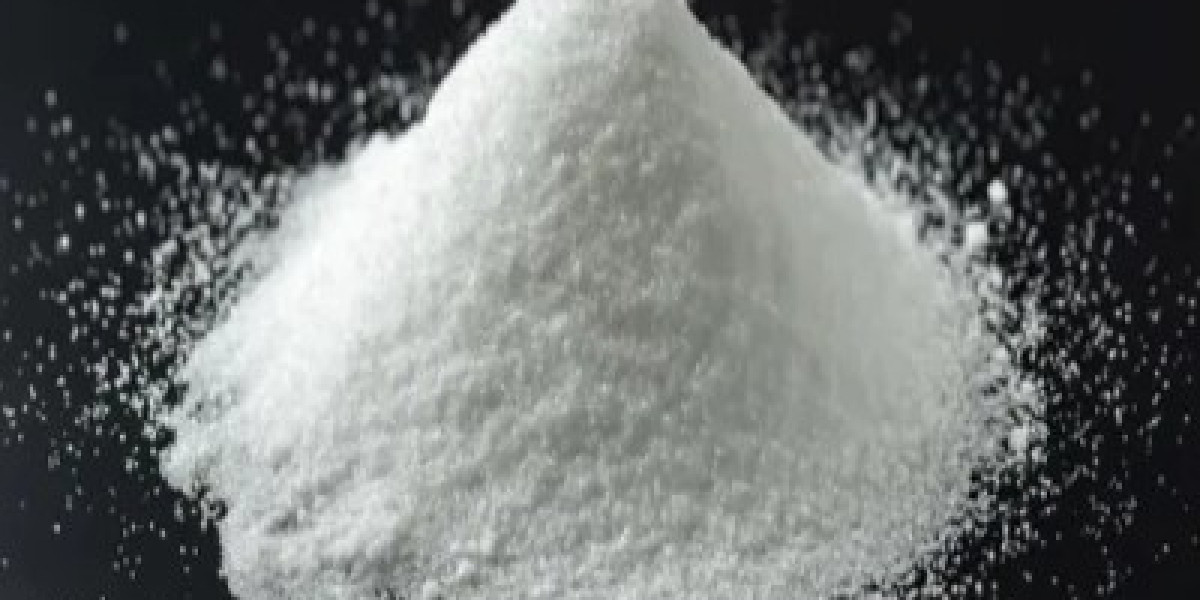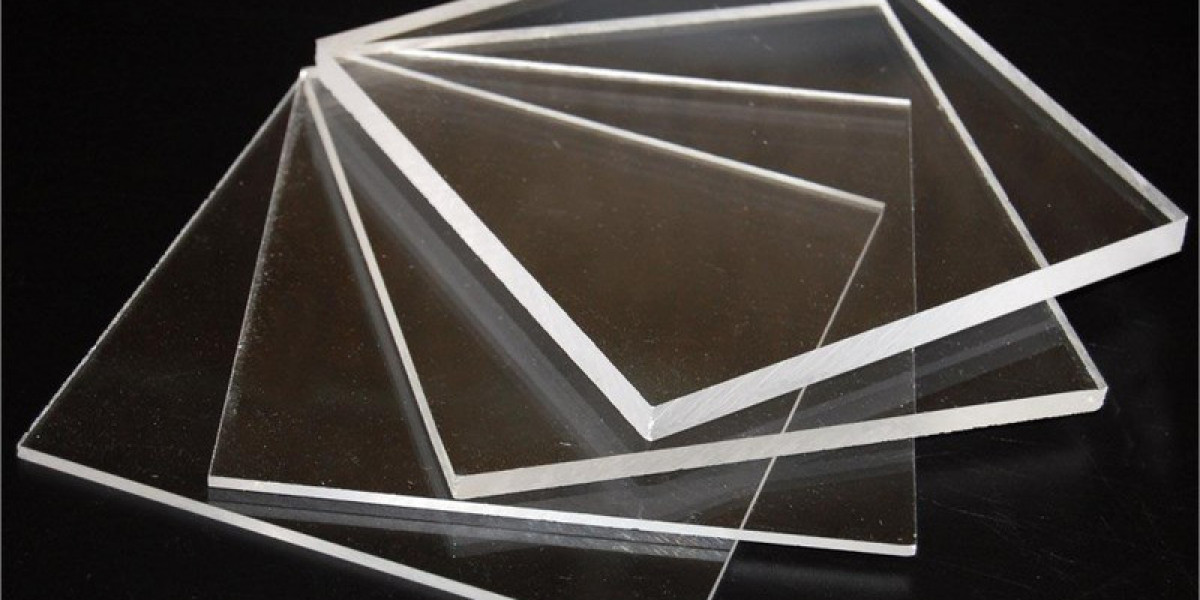Maleic acid is a crucial organic compound that plays a significant role in various industries and everyday products. This dicarboxylic acid, with its unique chemical properties and versatile applications, has become an essential component in many manufacturing processes and consumer goods. From plastics and resins to food additives and pharmaceuticals, maleic acid's influence spans across multiple sectors, making it a cornerstone of modern chemistry and industrial production.
The Chemical Structure and Properties of Maleic Acid
Maleic Acid also known as cis-butenedioic acid, is an organic compound with the molecular formula C4H4O4. Its structure consists of two carboxyl groups (-COOH) attached to adjacent carbon atoms in a cis configuration. This unique arrangement gives maleic acid its distinctive properties and reactivity.
One of the most notable characteristics of maleic acid is its ability to form both acid and anhydride forms. In its acid form, maleic acid exists as a white crystalline solid at room temperature. However, when heated, it readily converts to its anhydride form, maleic anhydride, by losing a water molecule. This property makes maleic acid particularly useful in various industrial applications, as it can be easily transformed between its acid and anhydride states depending on the desired outcome.
Maleic acid is highly soluble in water and polar organic solvents, making it an excellent choice for aqueous-based reactions and formulations. Its solubility, combined with its acidic nature, allows it to function as a pH regulator and chelating agent in many industrial processes.
Industrial Production of Maleic Acid
The production of maleic acid on an industrial scale primarily involves the hydrolysis of maleic anhydride. This process is typically carried out using water under controlled conditions, resulting in the formation of maleic acid. The maleic anhydride used as the starting material is commonly produced through the oxidation of benzene or butane.
In recent years, there has been a growing interest in developing more sustainable and environmentally friendly methods for producing maleic acid. One such approach involves the use of biomass-derived feedstocks, such as furfural or 5-hydroxymethylfurfural, as alternative starting materials. These bio-based production methods aim to reduce the reliance on fossil fuel-derived precursors and minimize the carbon footprint associated with maleic acid production.
Applications in the Polymer Industry
One of the most significant applications of maleic acid is in the polymer industry, where it serves as a key building block for various plastics, resins, and synthetic fibers. The compound's ability to undergo polymerization reactions makes it an invaluable ingredient in the production of numerous polymer-based products.
Maleic acid and its derivatives are commonly used in the synthesis of unsaturated polyester resins (UPR). These resins find extensive use in the manufacture of fiberglass-reinforced plastics, which are widely employed in the automotive, marine, and construction industries. The incorporation of maleic acid-based monomers into UPR formulations imparts desirable properties such as improved strength, durability, and chemical resistance to the final products.
In addition to UPR, maleic acid plays a crucial role in the production of various copolymers. For instance, it is frequently used in the synthesis of styrene-maleic anhydride (SMA) copolymers, which exhibit excellent heat resistance and dimensional stability. These copolymers find applications in automotive parts, electrical components, and packaging materials.
Maleic Acid in the Food and Beverage Industry
While maleic acid itself is not directly used as a food additive, its derivatives and related compounds have found applications in the food and beverage industry. Malic acid, a closely related compound, is widely used as a food acidulant and flavor enhancer. Although malic acid is not derived directly from maleic acid, the two compounds share similar chemical properties and are often discussed together in the context of food applications.
Malic acid is naturally present in many fruits and vegetables, contributing to their tart flavor. In the food industry, it is used as a flavoring agent, pH regulator, and preservative in various products, including beverages, candies, and processed foods. The use of malic acid helps to enhance the overall taste profile of these products while also extending their shelf life.
Get more insights on, Maleic Acid
Get This Report in Japanese Language: マレイン酸
Get This Report in Korean Language: 말레산
About Author:
Ravina Pandya, Content Writer, has a strong foothold in the market research industry. She specializes in writing well-researched articles from different industries, including food and beverages, information and technology, healthcare, chemical and materials, etc. (https://www.linkedin.com/in/ravina-pandya-1a3984191)










